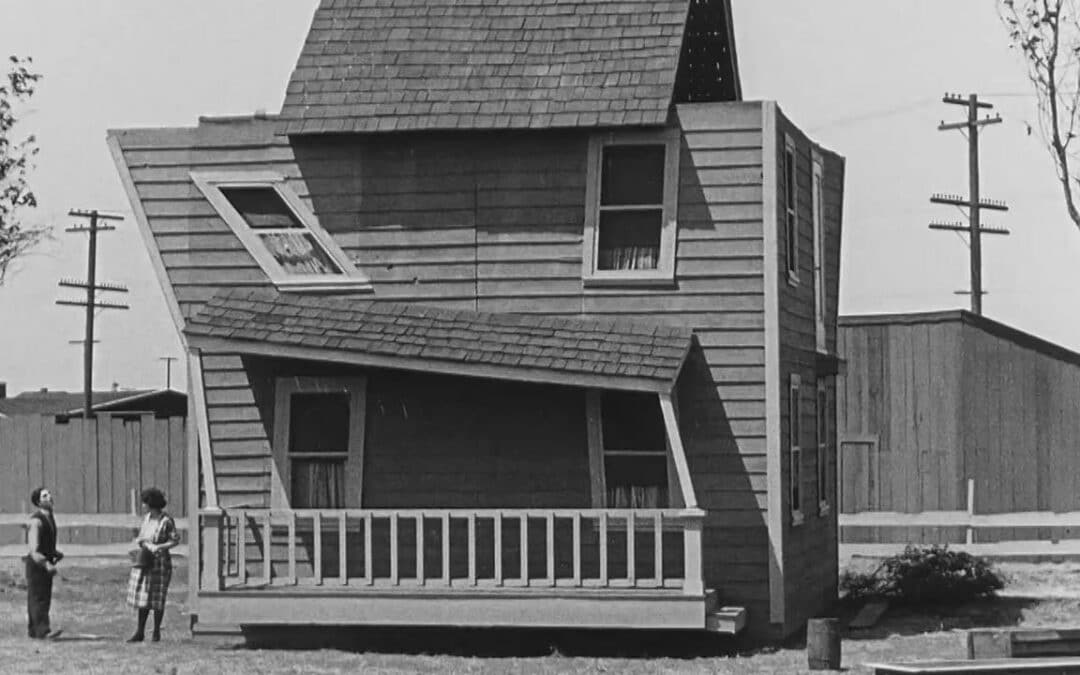Every now and then, some well-intentioned politician, bureaucrat or housing industry leader looks at the U.S. homeownership rate and declares that something must be done to increase the number of people who own their residence – particularly those within historically disenfranchised demographics. And despite a flurry of declarations and highly touted programs, the homeownership rate never seems to respond with dramatic upward motion.
When the New Year’s revelers welcomed 2023, the overall U.S. homeownership rate stood at 65.8%. The highest the rate has ever soared was 69.2% in the second quarter of 2004. But within different demographics, the rate varies: White households have a 74.4% homeownership rate, compared to 48.6% for Hispanics and 45.9% for Blacks.
In 2002, then-President George W. Bush took it upon himself to expand the number of Black and Hispanic homeowners by 5.5 million families by the end of the decade. As Bush’s White House publicists proclaimed in their so-called “Record of Achievement” page on the White House website: “Through his homeownership challenge, the President called on the private sector to help in this effort. More than two dozen companies and organizations have made commitments to increase minority homeownership – including pledges to provide more than $1.1 trillion in mortgage purchases for minority homebuyers this decade.”
Unfortunately for all stakeholders, Bush and too many people in the housing sector made the fatal error of believing that the quantity of home loans being originated was more important than the quality of the borrowers’ financial wherewithal. To accommodate the lofty goals, borrowers who would have been rejected in an earlier era were shoehorned into inappropriate subprime mortgages, with underwriting standards were lowered substantially to accommodate this influx. A disproportionately high number of borrowers coming from the Black and Hispanic demographics were steered into these subprime loans, and we all know how that story turned out.
Now, compare that historic fiasco with news from the other week that found one in three 25-year-olds are now homeowners. As far as I know, there have not been any special programs – let alone presidential proclamations – designed to expand the number of Gen Z homeowners. But, surprise, it happened.
So how did this happen? According to Redfin Chief Economist Daryl Fairweather, “The rising tide lifted Gen Z homebuyers in 2020 and 2021 … record-low mortgage rates, remote work providing freedom to move somewhere more affordable and skyrocketing rental costs motivated some Gen Zers to break into the housing market.”
Fairweather also pointed out that “government stimulus payments, the pause on student loan repayments and the fact that many young adults lived with family during the lockdowns also helped Gen Zers save money” helped bring more Gen Zers into homeownership. Last year, the average residence purchased by someone under 25 cost $235,000 and came with a $10,000 down payment (on a conventional loan).
Granted, the pandemic era created an aberration environment – particularly with the pause on student loan repayments, a burden that kept many millennials out of homeownership. But the results were rather clear: when people had more money in their pockets and when there were affordable homeownership opportunities available, the housing market become more accessible and more attractive.
Rather than inventing more special homeowner-building programs that have already been shown as inefficient, perhaps a better approach is needed. Here is a concept that the government and the private sector should consider: If people can put their well-earned wages into their pockets instead of the taxman’s pockets, and if homebuilders stopped making excuses about the lack of new construction and started making affordable properties, and if mortgage rates were at a level that didn’t create anxiety, maybe the homeownership rate could rise on its own?
Of course, it won’t happen overnight, and it certainly won’t happen if the problematic economy currently imposed on the nation deteriorates further into recession. As I see it, the programs designed to encourage homeownership are well-intended, but they miss the point of the matter. A more effective result can be obtained if the housing market heals itself in order to grow stronger, rather than have ineffective cures forced upon it.
Phil Hall is editor of WRE News. He can be reached at [email protected].













Good essay, Phil. Politicians’/government’s good intentions brings to mind Ronald Reagan’s comment that the most frightening words in the English language are, “we’re from the government and we’re here to help”. Similarly true: “the road to hell is paved with good intentions”. If government reduced its regulatory role in the land development and homebuilding process, costs could come down substantially and housing supply could be increased rapidly. That would do more to lower costs and increase ownership than anything: less regulation, taxes and fees make houses more affordable. In housing, as with most aspects of life in the USA, government is NOT the solution; it IS the problem.
I’m a realtor, and lived through the real estate crash. Pres George Bush didn’t initiate the subprime mortgage market and the underwriting purse strings loosened. It was Pres Bill Clinton was the originator. Otherwise, the article was on point.
The sub-prime mortgage issue began under Clinton but was definitely increased under Bush. Lenders were then allowed/encouraged to bundle high risk loans and sell them off’ Many of those loans were ARMs that had big variables and coupled with tenuous borrower affordability, was a disaster in the making all on it’s own. Then, as rates climbed, once enough people were defaulting the whole scheme came crashing down. Let’s at least get the timeline right.